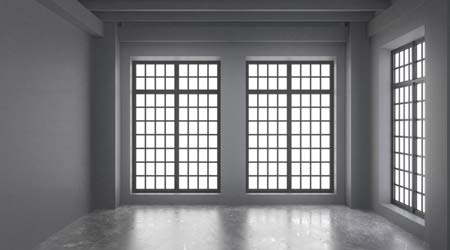Matching Concrete Coatings with Traffic Patterns and Weather Conditions
Part two of a five-part article on concrete coatings
One cracks in concrete are repaired and the surface is prepared, managers can begin the process of specifying coatings by considering environmental factors, which affect both the coating choice and its application.
“Typically, coating temperatures go from 50-100 degrees Fahrenheit,” Watson says. “Depending on the project, you also need to look at the need to prime. Is the existing coating acceptable? That is definitely a key to the specification. I tell people our coating is only as good as what’s underneath it.”
Managers also need to understand traffic activity on the surfaces, both foot traffic and vehicle traffic.
“How heavy is the traffic going to be? It will help you understand the level of coating you need to apply,” Roehricht says. “Places that are going to get heavy foot traffic are going to do well with stains or paints. When you’re getting into vehicle traffic, you want to start getting into the world of epoxies. If you are trying to maintain the look of concrete as it is or if you are in areas looking for moisture protection, look for a waterproofing protector that basically is going to soak into the concrete but not change the look.”
Beyond the weather and traffic, managers also must revisit their performance expectations for the surfaces receiving the coating.
“What do managers expect from the floor?” Lancz says. “Are they expecting to coat it every month? Every year? Every five years? That’s what they have to decide on. If they are looking at a two-to-three year maintenance cycle, a simple acrylic urethane could be used, depending upon the traffic. If the expectation is longer, definitely a 100 percent solids epoxy or polyaspartic would be advised. What we’re trying to specify for needs to take into account what the expectations are when it comes to use and longevity.”
Other activities that take place on the concrete surfaces also will affect the product decision. For example, liquid dripping from items such as batteries can damage concrete surfaces.
“With electric vehicles and batteries, and if there’s a battery-changing area for forklifts or battery-operated golf carts, battery acid can get into the coating and destroy it if you don’t apply the proper coating,” Lancz says. “So you’ll need something like an epoxy that can withstand the harshest acids.”
Related Topics:

















